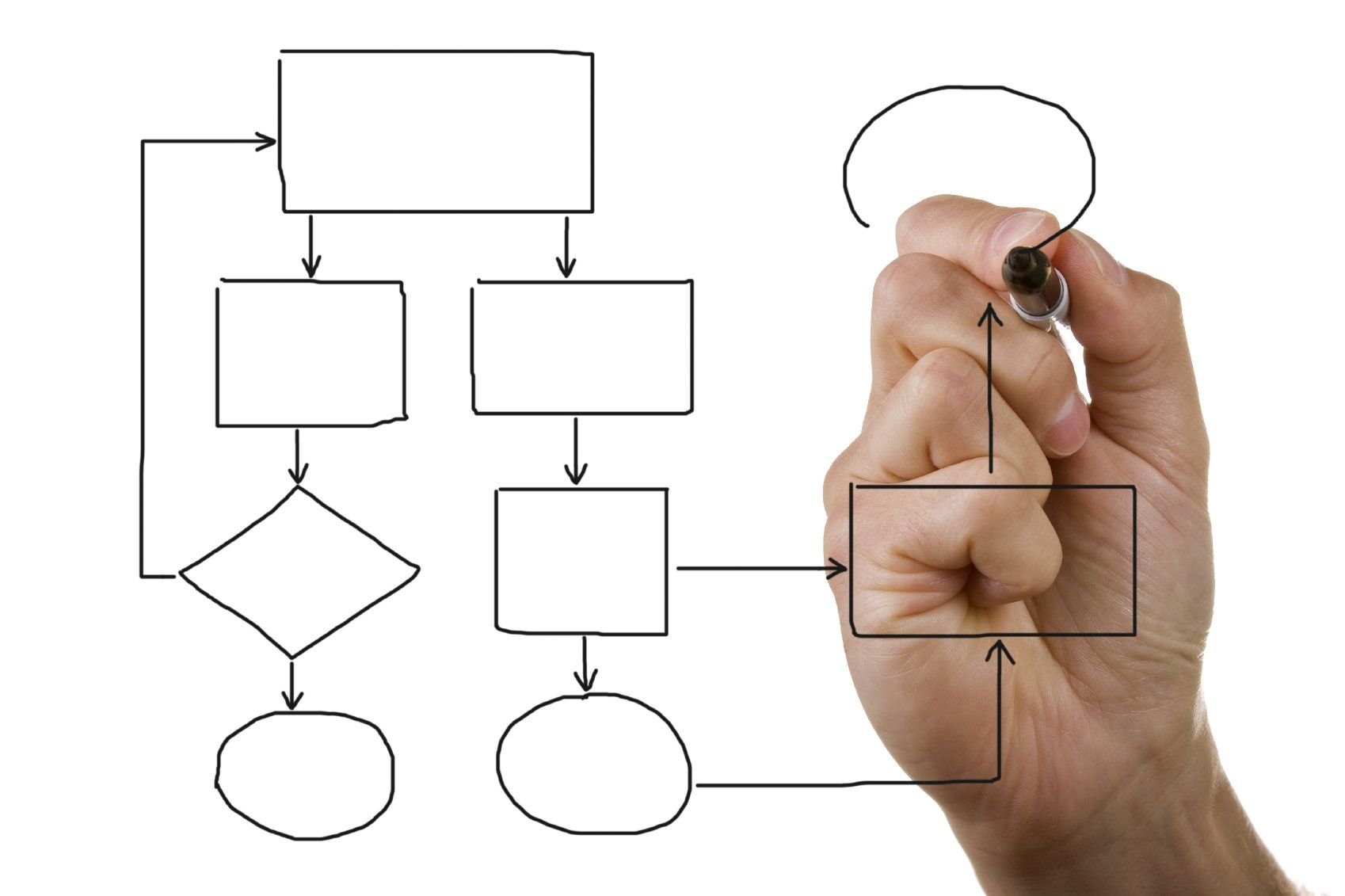Commit to Lifelong Learning
"perpetuam uitae doctrina!"
"Live as if you were to die tomorrow.
Learn as if you were to live forever." Mahatma Gandhi.

Learning to Learn
Enrich Your Life! We are here to point you in the right direction and cheer you on.
Your lifelong-learning journey will be much richer and more enjoyable if you develop effective learning strategies.

How do Human Beings Learn?
One of the best ways to improve your approach to learning is to, first, attempt to identify your own
predominant learning style.
Finding the best way to learn can be a challenge for many people. It is useful to understand your own learning style in order to optimize the way you take in and use information.
Having an understanding of the various learning styles can help you find the approach that works best for you.
On this page, we will explore the concept of learning styles and discuss the best way to learn based on your individual needs. Here we discuss the three-style learning scheme: "visual", "auditory", "kinesthetic". This is often referred to as the , "VAK" scheme.
Another popular learning-style scheme is the "VARK" model: "visual", "auditory", "reading/writing", "kinesthetic". As if this were not enough, scholars have formulated scores of other learning-style schemes.
These schemes are only starting points and gateways
to aid us in our understanding of how human beings learn, since they do not fully encapsulate the true complexity of the learning process. We must leave the door open to accommodate the many other theories on how human beings learn. Some research is beginning to identify
"learning strategies"
that appear to yield better learning outcomes.

We may not be in a position to totally dismiss the learning-style models. We may have to consider them a part of the mosaic of factors involved in the human learning process. Hence, in this article we present the VAK model, since it is the most basic of the learning-style schemes. However, this presentation is far from exhaustive.

Learning to Learn
According to the
"Key Competence Network on School Education":
‘Learning to learn’
is the ability to pursue and persist in learning, to organise one's own learning, including through effective management of time and information, both individually and in groups.
List of Services
-
Learning Strategies as Alternatives to Learning Styles.List Item 3
According to a Cambrian College article on Learning Strategies:
"A learning strategy is an individual’s way of organizing and using a particular set of skills in order to learn content or accomplish other tasks more effectively and efficiently in school as well as in non-academic settings. (Schumaker & Deshler, 1992)."
Researchers are finding that learning strategies such as Retrieval Practice (or practice testing), Distributed Practice (or spaced practice) and Interleaved Practice are effective and fruitful learning techniques.
-
FREE COURSE: "Learning How to Learn":List Item 2
Powerful mental tools to help you master tough subjects.
A Free Course offered by "Deep Teaching Solutions" and hosted on the edX Online Learning Platform.
Earn a shareable certificate on completion of this course.
-
FREE COURSE: Hosted by the edX Online Learning PlatformList Item 1
Course: "How to Learn Online"
"Learn essential strategies for successful online learning"
-
FREE COURSE: Hosted by OpenLearn
Coures: "Learning how to Learn".
This free course encourages students to examine their own approaches to learning and provides a methodology to enhance the student's ability to better learn, know and understand any material they study.
Course duration: 6 hours
Level 1: Introductory
Three different types of learners
When it comes to learning, not everyone is the same. Everyone has their own unique way of processing information, and understanding what kind of learner you are can help you maximize your potential.
There are three main types of learning styles: visual, auditory, and kinesthetic.
Visual learners learn best when they can see things like diagrams, pictures, or other visual aids. They often rely on memory palaces or mnemonic devices to help them remember facts. For this type of learner, reading textbooks or attending lectures can be particularly helpful.
Auditory learners tend to learn best when they hear something; either through listening to lectures, attending talks, or even music. These learners often find memorizing things easier when they have spoken it out loud.
Finally, Kinesthetic learners prefer physical activities and often learn best when they can touch, manipulate, and experiment with objects. This style of learning is often used in classrooms and labs where students can have hands-on experience with the material.
Lifelong learning is good for the brain and understanding your own learning style can help you become a more efficient learner.
Understanding how your brain remembers and processes information will help you develop strategies that best fit your needs. Knowing your learning style can also allow you to take advantage of resources that are tailored to your preferences.
The Importance of Creative Thinking
Five Simple Tricks to Cultivate Your Creative Thinking Skills
Do you ever feel like you're lacking in creativity or struggling to come up with fresh ideas? Well, you're not alone. Many people face challenges when it comes to creative thinking, but the good news is that it's a skill that can be developed and nurtured.
In this article, we'll share five simple tricks to help you cultivate your creative thinking skills and start coming up with innovative ideas that will impress everyone around you. So, whether you're an artist, entrepreneur, or simply looking to improve your problem-solving abilities, these tips will come in handy. Let's get started!
Research and Resources
Alternatives and Challenges to the Learning-style models
The American Psychological Association.
Shaylene Nancekivell, PhD, a visiting scholar at the University of Michigan. wrote an article entitled, "Belief in Learning Styles Myth May Be Detrimental", on the American Psychological Association's website.
In this article, Ms. Nancekivell argues that learning-style theory is somewhat of a myth which could be "undermining" students' education.

Blake Harvard also presented an article entitled, "Learning Myths versus Learning Facts/Learning Styles versus Learning Strategies", in which he says that learning-strategy theories are viable alternatives to learning-style theories.
Indeed.com.
Here is an article entitled, "6 Learning Strategies To Apply in the Workplace". This article was written by Jennifer Herrity and presented by Indeed.com. Read the complete article here....
Mind Maps: Useful Aids to Note-taking and Brainstorming.
Mind mapping is a useful visual aid and technique that students can use when taking notes, or when brainstorming. Mind-mapping is now a recognized and established component of learning-strategy theory.
The Writing Centre of The University of Adelaide , published a wonderful 4-page document which explains the mind-mapping process (especially as it pertains to essay writing).
View the pdf document here....





